-
Question 1
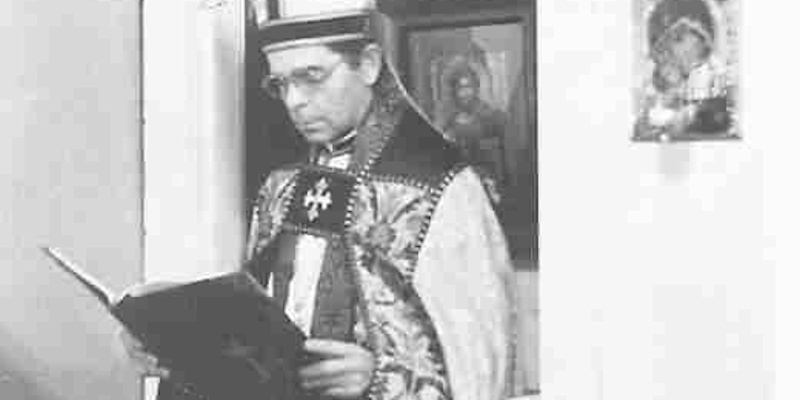
At the first known gathering of a congregation affirming LGBTQ persons, in July 1, 1946, George A. Hyde was ordained priest. This worship service was held in what U.S. city?
- Boston
- Atlanta
- St. Louis
- Los Angeles
Correct! After his dismissal from a Catholic seminary in Missouri over allegations of same-sex affections, Hyde returned to his hometown of Atlanta where he had connections in Catholic leadership circles. When a controversy arose at the downtown cathedral over a young man being denied Communion on moral grounds, Hyde and other disaffected persons—from diverse religious and racial backgrounds—started meeting together. They invited suspended Greek Orthodox Bishop John Kazantks to lead Mass for then. Kazantks offered instead to ordain Hyde. This congregation became known as the Eucharistic Catholic Church and drew 85 to 200 participants during 1946-47. To learn more, listen to George Augustine Hyde's oral history.
-
Question 2

In 1957, eleven British Friends began meeting to explore problems and perspectives on human sexuality, particularly homosexuality. Six years later they produced the first report by a religious body that espoused a positive understanding of homosexuality, entitled?
- Is Homosexuality a Friend’s Concern?
- Towards a Quaker View of Sex
- The Wolfenden Report
- Foundations of a New Moral Code
Correct! In the early 1950s Dr. Anna Bidder, Cambridge University professor, hosted gatherings of Young Friends in her home where conversations sometimes touched on concerns about sexuality, particularly homosexuality. The Wolfenden Report to Parliament in 1957 raised questions about attitudes toward homosexuality in the public forum. That year Bidder invited other prominent Quakers, largely social scientists and education professionals, to join her in a study of “Homosexuality and Other Problems of Sex.” This group meet monthly over six years to draft and publish the ground-breaking study “Towards a Quaker View of Sex”. To learn more, browse our TQVOS Exhibit.
-
Question 3
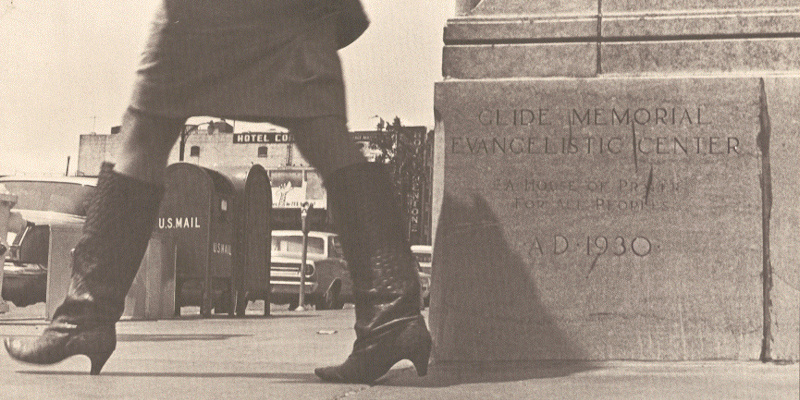
Appalled by the brutal beatings of homosexuals by police, outreach pastor Ted McIlvenna at Glide Memorial Church (San Francisco) brought together 15 Protestant clergy and 15 gay and lesbian leaders for a retreat on May 31-June 2, 1964. These participants launched a ground-breaking organization that was called?
- Council on Religion and the Homosexual
- Christians for Gay Liberation
- Lions and Christians
- Society for Individual Rights
Correct! Rev. Ted McIlvenna came on staff at Glide as part of a new urban ministry program in the early 1960s. Walking the streets of the Tenderloin neighborhood McIlvenna got to know leaders of the first gay and lesbian groups forming in the city. Through them McIlvenna saw the violence and degradation many lesbian and gay persons faced. He secured funding to bring together local Protestant clergy with representatives of the gay and lesbian community for a weekend retreat to get to know each other. The participants were so inspired by what they heard and learned at this gathering that they formed the Council on Religion the Homosexual (first organization in the U.S. with “homosexual” its title) to advocate for justice for LGBT persons in the city. To learn more, check out our CRH Exhibit.
-
Question 4
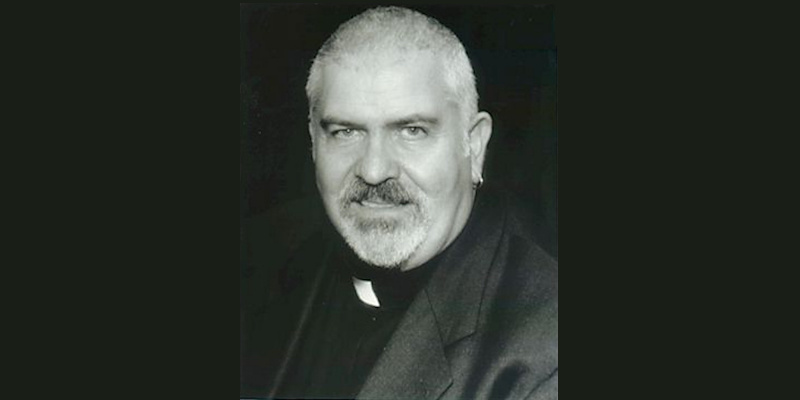
Ordained a Baptist preacher at age 15 and later excommunicated for being homosexual, he invited 12 persons to worship in his Los Angeles home on October 6, 1968. His simple, bold message, “God loves everyone!” launched a new church ministering to LGBTQ persons. Who was this?
- Jeremiah Jordan
- Perry Jenkins
- Billy Joe Smith
- Troy Perry
Correct! Troy Perry’s charisma as a Pentecostal preacher and his bold declaration of God’s love for LGBT persons was a beacon of light to so many persons who had felt estranged from the church and their faith. Perry drew large numbers of persons to hear him speak in Los Angeles and San Francisco and persons who heard him there took his message to LGBT communities in other parts of the U.S. A network of congregations from eight cities convened under Perry’s leadership in 1970 to form the Metropolitan Community Churches. To learn more, see Troy Perry’s profile.
-
Question 5
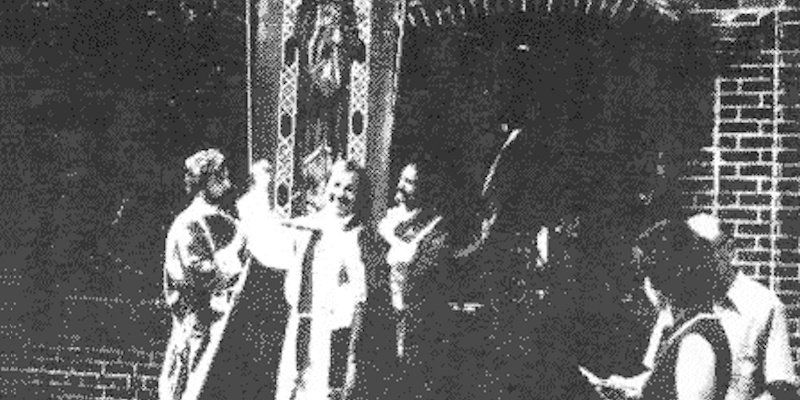
During the tumultuous times of the first Gay Pride Parade in New York City in June 1970, Robert Clement and John Darcy Noble passed out flyers inviting persons to a worship gathering the following Sunday. How many persons attended that gathering?
Correct! With 800 people attending the first gathering, Clement and Noble launched The Church of the Beloved Disciple at a time when the nascent gay and lesbian community in New York City was becoming publicly visible and active. Church of the Beloved Disciple drew hundreds of participants and observers to its weekly worship and other activities. Clement and Noble performed “holy unions,” Clement was consecrated as a bishop and the church was covered in the New York media. They started a seminary to build a staff of priests for the congregation. These were heady and tumultuous times. Clement and Noble eventually burnt out and left and the congregation declined and disbanded after its peak years in the 1970s. To learn more, listen to Robert Clement’s oral history.
-
Question 6
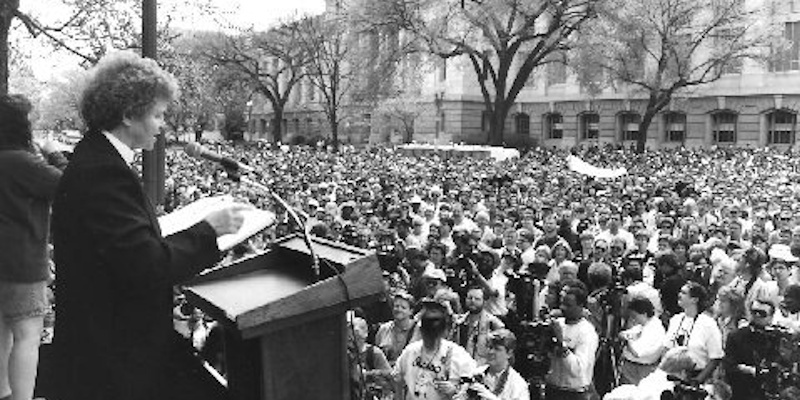
Raised in fundamentalist Christianity, she left those circles in her early adult years to explore lesbian-feminist circles in northern California. She became the first ordained woman clergy in MCC in 1972. Who was this?
- Darlene Jones
- Freda Smith
- Phyllis Fenimore
- Sarah Sinbad
Correct! Freda Smith’s early life in the 1940s was totally immersed in fundamentalist Christian practices in Idaho. As she became aware of her same-gender attractions in her late teens, Freda struggled mightily for years to try to reconcile her faith with lesbian identity. In the 1960s she moved to the Sacramento area and become active in the lesbian community and put her faith in the closet. As LGBTQ issues came to the fore in California politics, Freda became one of the few publicly-identified persons to speak at rallies and to the press. When she encountered and heard Troy Perry, she knew this was the chance to integrate her faith and sexual identity. She again became a pioneer in standing up to opposition in the all-male leadership of MCC to became ordained and recognized as a pastor and leader. To learn more, listen to Freda Smith’s oral history.
-
Question 7
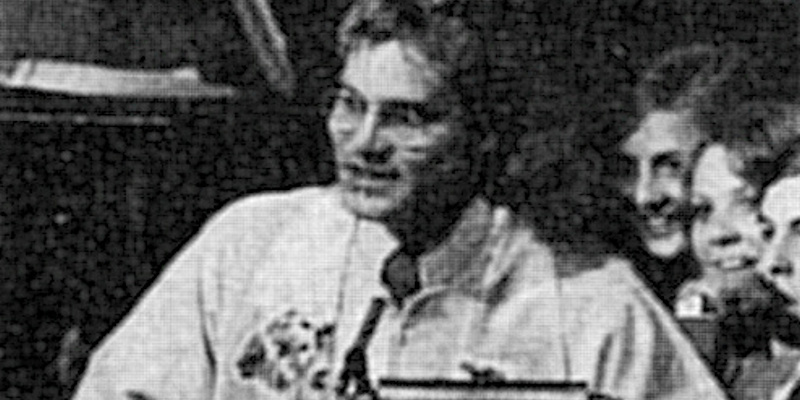
When was the first openly gay clergyperson in a U.S. mainline Christian church ordained?
Correct! William R. Johnson started seminary at Pacific School of Religion (PSR) in the fall of 1968. In the fall of 1970 he joined a Bay Area support group of gay and lesbian seminarians. Four hundred persons came to a public forum on homosexuality and the church at PSR on November 11, 1970. Johnson came out publicly as a gay man at that event and affirmed his intention to pursue ordination in the United Church of Christ (UCC). His request for ordination in the Golden Gate Association of the UCC led to a yearlong intensive study among the leaders and congregations of the association, resulting in a 62-34 vote to affirm his ordination—the first for an openly gay person in the UCC and mainline traditions in the U.S. Johnson was ordained at Community UCC in San Carlos on June 25th, 1972.
To learn more, browse our Ordination of William Johnson exhibit.
-
Question 8
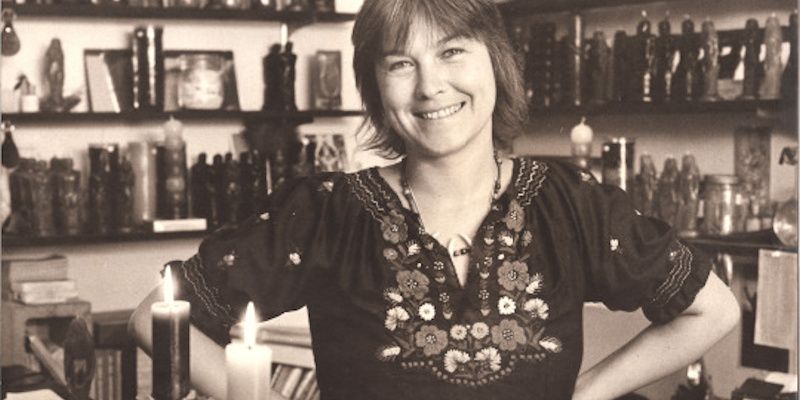
Who founded the first lesbian separatist Dianic Wiccan coven in the U.S., the Susan B. Anthony Coven 1 in 1971?
- Diana Debrecen
- Starmother
- Zsuzsanna Budapest
- Amethyst Morgan
Correct! Zsuzsanna Budapest, known as Z Budapest, was born in Hungary to a mother who was a medium and practicing witch and emigrated to the U.S. for study in 1959. She became involved in the women’s liberation movement in Los Angeles where she saw the need and opportunity for a greater spiritual dimension and practice. In the early 1970s she wrote The Feminist Book of Lights and Shadows which spoke to many lesbian feminists who were distressed by the patriarchy prevalent in gay religious groups in the 1960s and 70s. Her writings and practices deeply influenced many Dianic Wiccan leaders who followed her.
To learn more, read Z Budapest's profile.
-
Question 9
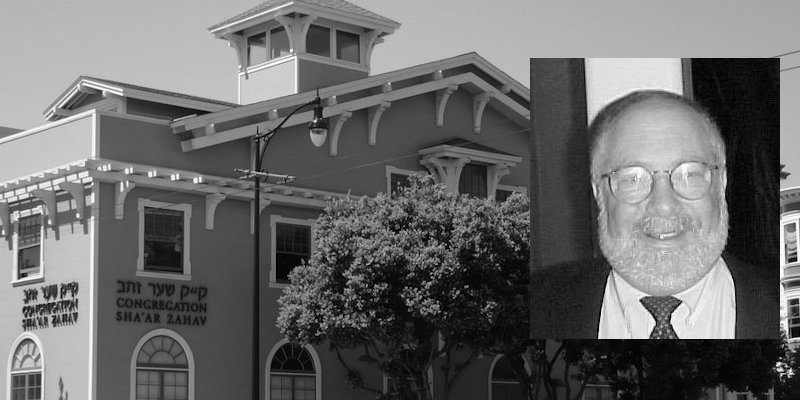
The first publicly identified gay rabbi in the U.S. came out in 1978 in what way?
- Arrested on sodomy charge
- Wrote a book about his life
- Outed by member of his congregation
- Did a newspaper interview
Correct! Allen Bennett recognized that he was gay during seminary at Hebrew Union College-Jewish Institute of Religion but stayed in the closet because of antigay policies there in the 1960s. After serving as a hospital chaplain for a few years in Minnesota, he moved to the San Francisco Bay Area to begin a Ph.D. program in 1976. He became part of the new LGBTQ synagogue there, Congregation Sha’ar Zahav. He grew increasingly restless with being closeted during the public campaign fighting the antigay Briggs Initiative in 1978. So following the election he told his story to a reporter from the San Francisco Examiner; other major media outlets around the U.S. picked up the “gay rabbi” story. To learn more, read Allen Bennett profile.
-
Question 10
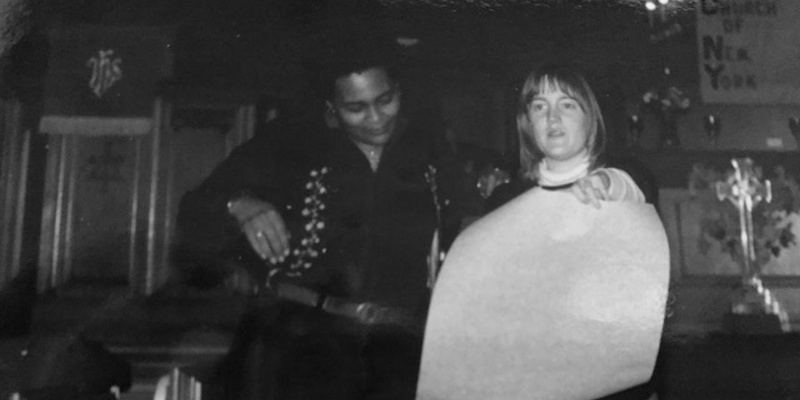
She started Harlem MCC in 1981, the first congregation of any kind in the U.S. to be led by African-American LGBT persons. Who was this?
- Renee McCoy
- Constance McQueen
- Grace Enough
- Sharon Strong
Correct! Renee McCoy was a young leader in Catholic movements for racial justice in Detroit in the 1960s. However, as she became aware of her lesbian identity she grew estranged from the church for its negative stance toward homosexuality and paltry support for persons of color and women. Then she met members of the local MCC congregation at a bar in 1976 and heard a message that spoke to her heart. She remained strong in her advocacy for LGBT persons of color by becoming a founding member of the National Coalition of Black Lesbians and Gays in 1978. She moved to New York City where she affiliated with the local MCC congregation in preparations for becoming clergy. She was ordained at MCC New York in 1981 and with the blessing and support of that congregation, McCoy founded the Harlem MCC congregation. To learn more, listen to Renee McCoy oral history.
-
Question 11

Who was the Black Gospel artist who founded the Unity Fellowship of Christ Church in 1982 to carry out ministry with African-American LGBTQ persons and persons with HIV/AIDS?
- Michael E. Jackson
- Julius Jones
- Calvin Hobbs
- Carl Bean
Correct! Carl Bean excelled in music from his early years in Baltimore in the 1940s and 1950s. His impassioned, lyrical singing brought him acclaim and recognition among leading African-American gospel artists and performing groups on the East Coast and even in Motown. But he felt something was missing in his life and moved to Los Angeles in 1972. His desire to be in some kind of ministry with persons in need was affirmed there by Troy Perry and MCC. He founded his own Gospel group with which he performed “I Was Born This Way” in 1977. The popularity of this gay anthem affirmed his call to ministry and set him on a course of study and training to become an ordained clergy. He was ordained on August 17, 1982 and built a ministry through Bible study groups, caring for persons with HIV/AIDS and fiery preaching that led to the formation of Unity Fellowship with congregations in several major cities in the U.S. To learn more, read Carl Bean's profile.
-
Question 12
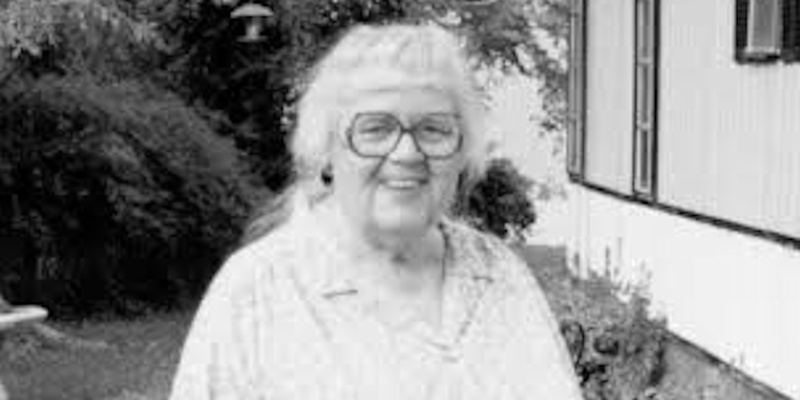
Upon retirement Leo Heller, Jr. transitioned to Lee Frances Heller, a self-acknowledged “born-again Christian crossdresser.” What was the periodical she started writing in 1990 that was widely read by trans persons of faith?
- Grace and Lace Letter
- View from the Other Side
- Wearing All God’s Robes
- Love Prevails
Leo F. Heller, Jr. was born in 1919 in humble circumstances and spent most of his adult life as a resident and then as chaplain and director of the Good Shepherd Mission in Paterson, New Jersey. He retired in 1985 and moved to Jackson, Mississippi to be close to family members. There he finally addressed his lifelong struggle to reconcile his faith and gender identity by becoming Lee Frances. “I fought it…until I reached the age of 67…. I finally accepted myself for what God made me…a born-again Christian crossdresser.” Deeply committed to sharing the message of God’s love for everyone, she started writing Grace and Lace Letter in 1990 and wrote until her death in 2000. Even though she had meager financial resources her letters circulated widely and were a source of hope and solace to many trans persons. To learn more, read Lee Frances Heller's profile.